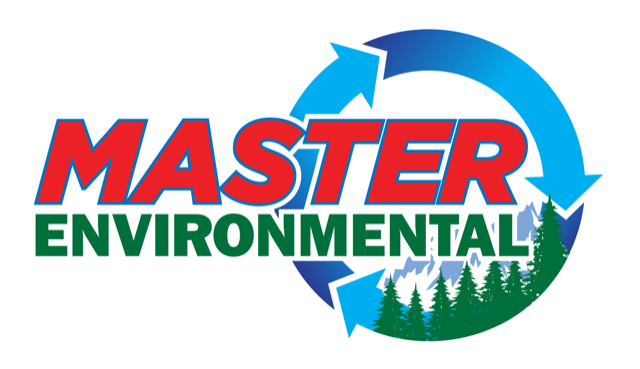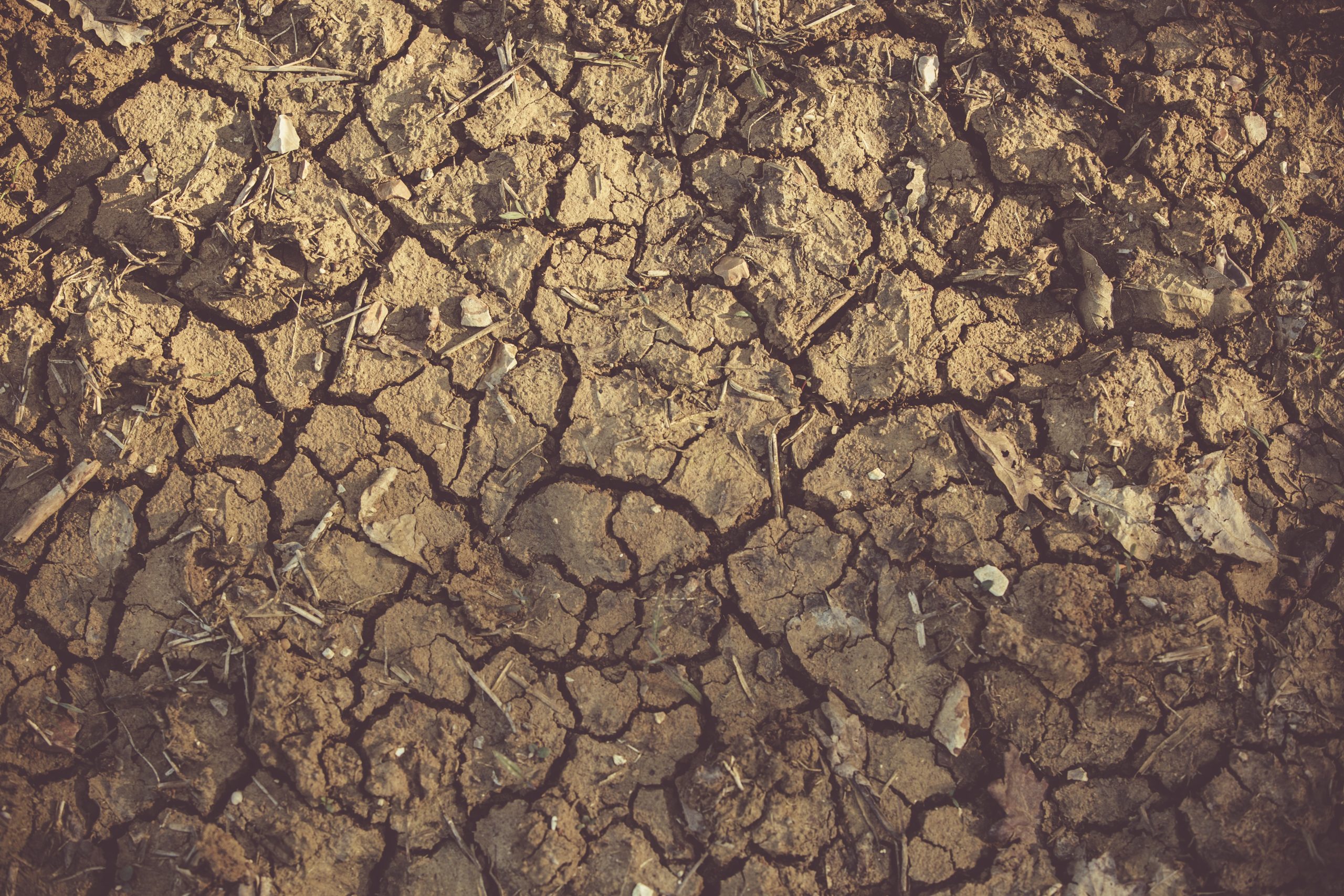Contaminated soil poses a significant threat to both the environment and human health, making effective treatment a critical part of environmental remediation. At Master Environmental, we understand the complexities of dealing with polluted soil and are committed to providing solutions that prioritize safety, compliance, and sustainability for our clients in Twin Falls and beyond. This blog outlines the essential information surrounding contaminated soil treatment and how our expertise can help restore the balance between development and environmental stewardship.
Understanding Soil Contamination
Soil contamination occurs when hazardous substances such as hydrocarbons, heavy metals, pesticides, or industrial chemicals seep into the ground, often as a result of industrial activities, agricultural runoff, spills, or improper waste disposal. These pollutants degrade the quality of the soil, posing risks to plant life, wildlife, water resources, and human health. Identifying the source and extent of contamination is a vital first step in choosing an effective treatment.
Methods of Contaminated Soil Treatment
At Master Environmental, we employ a variety of proven methods to treat contaminated soil, each tailored to the specific type and severity of contamination. Common techniques include:
1. Excavation and Removal
When contamination is highly concentrated, excavation and removal may be the most effective solution. Polluted soil is carefully excavated and transported to licensed facilities for treatment or disposal in compliance with state and federal regulations.
2. Bioremediation
A sustainable and increasingly popular method, bioremediation uses naturally occurring microorganisms to break down organic contaminants in the soil. This approach restores the soil’s health in an environmentally responsible manner.
3. Chemical Treatment
For complex contaminants, chemical oxidation or stabilization may be applied. These processes either neutralize harmful substances or bind them to prevent further spread and exposure.
4. Thermal Remediation
Heat-based technologies are used to treat soil contaminated with volatile organic compounds (VOCs) and other stubborn pollutants. Thermal methods effectively remove contaminants by heating the soil to high temperatures.
5. On-Site Containment
When contaminants cannot be fully treated or removed, containment systems such as capping and barrier walls may be implemented to isolate the pollution and prevent further environmental damage.
Why Partner with Master Environmental?
Selecting the right partner for soil treatment is paramount to the success of any remediation project. At Master Environmental, we bring years of expertise, state-of-the-art equipment, and an unwavering commitment to environmental responsibility. Our team follows a rigorous process that includes comprehensive site assessments, customized treatment plans, and post-treatment monitoring to ensure the highest standards of safety and effectiveness are met.
Commitment to Compliance and Sustainability
Master Environmental adheres strictly to all local, state, and federal regulations governing soil contamination and remediation. We also prioritize sustainable practices to minimize the environmental footprint of our operations, ensuring that your property is restored without compromising the health of the surrounding ecosystem.
Take Action Today
If you are dealing with contaminated soil on your property, don’t delay in seeking a professional solution. Master Environmental is here to provide the expertise, guidance, and services you need to resolve contamination challenges efficiently and responsibly. Contact us today to schedule a consultation and take the first step toward restoring your property and protecting the environment for future generations. Together, we can create a cleaner, safer, and more sustainable community.

